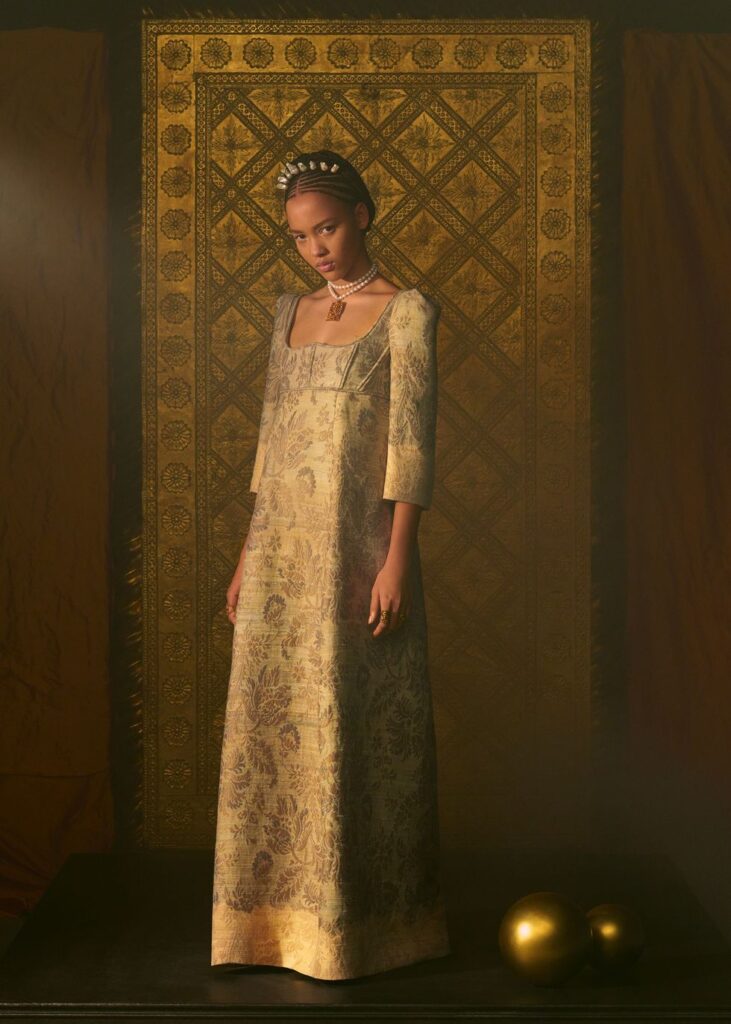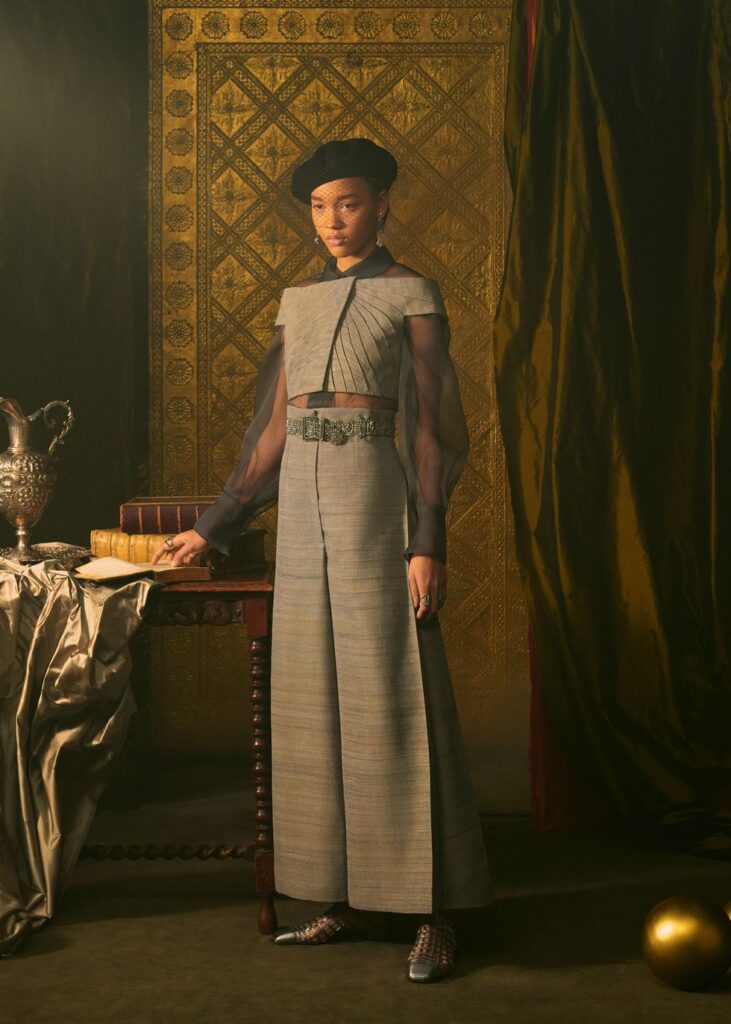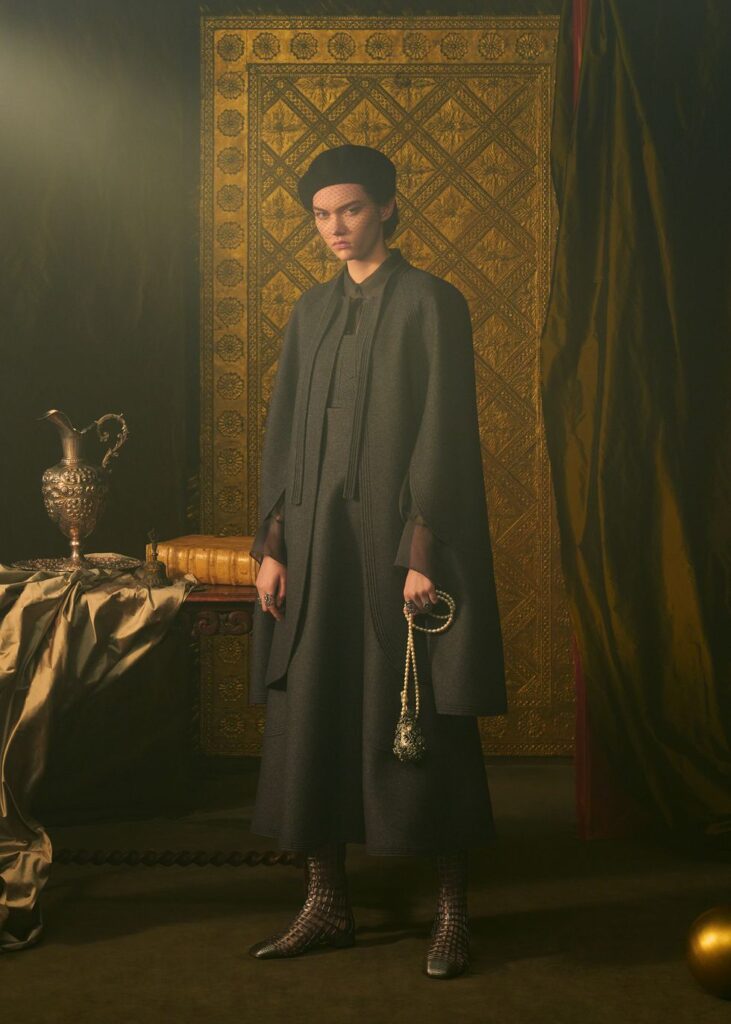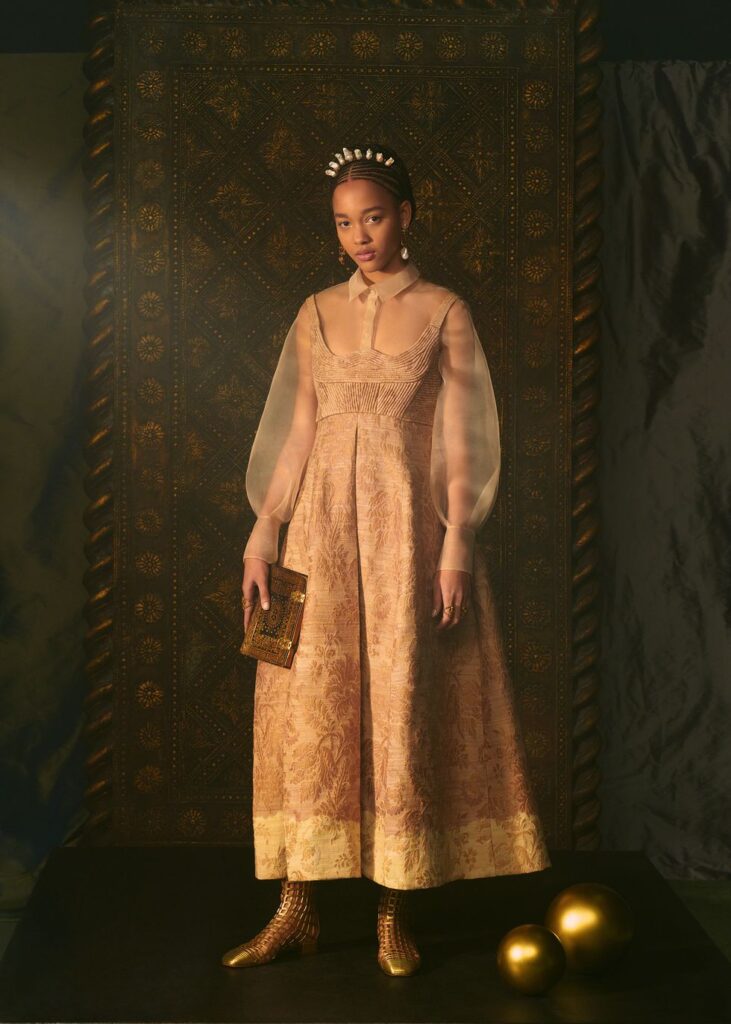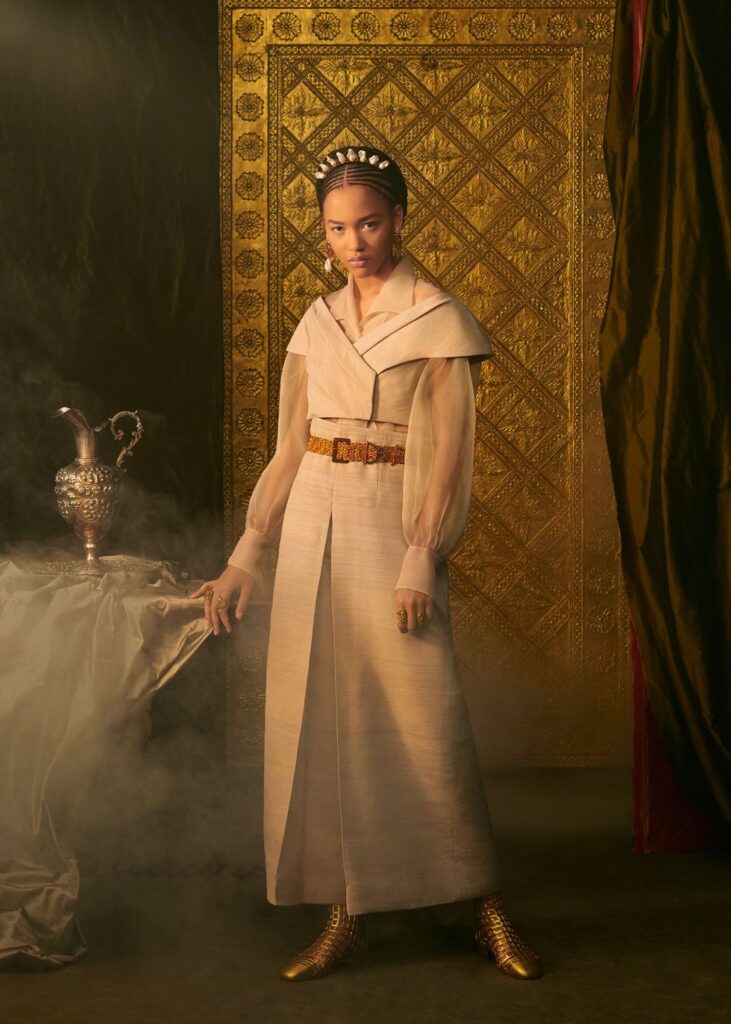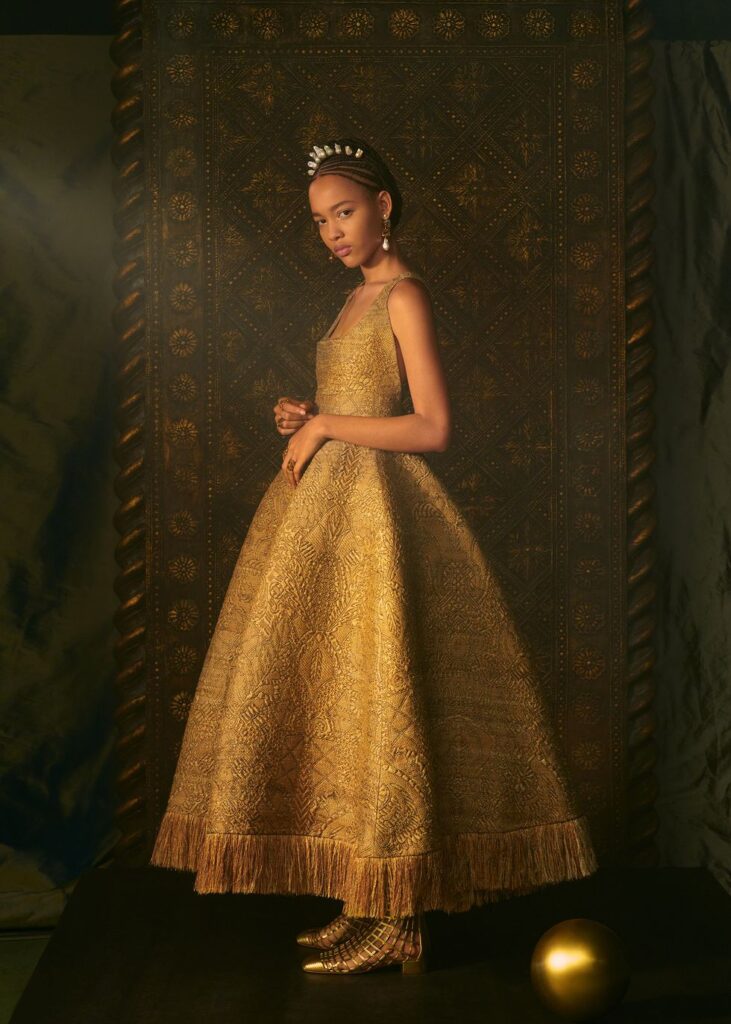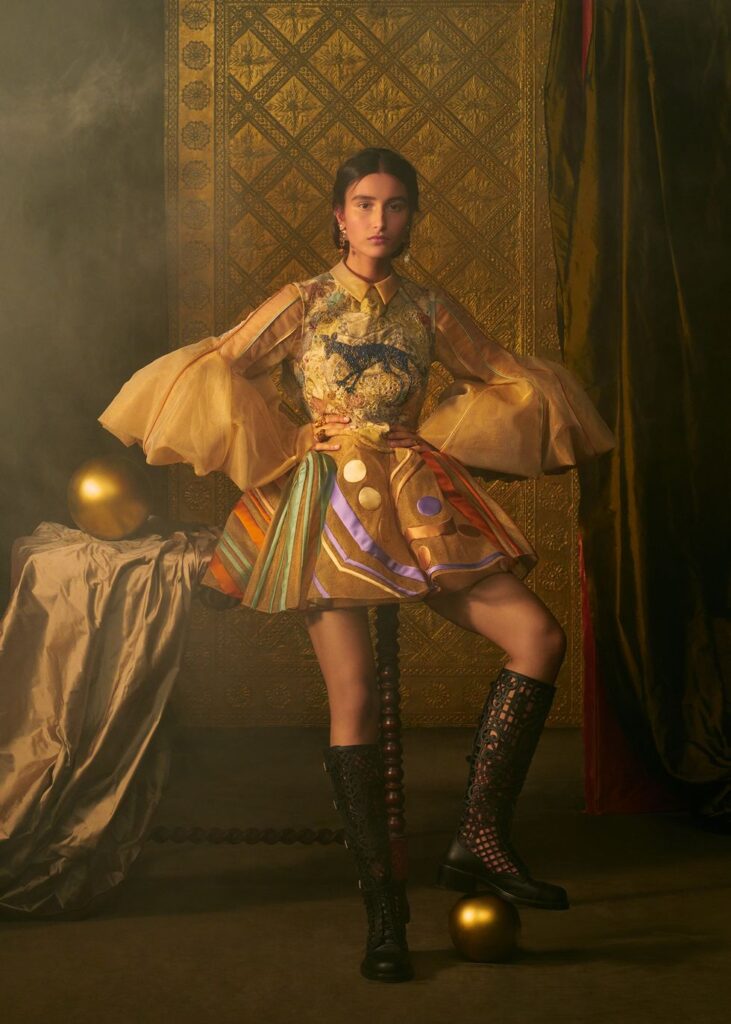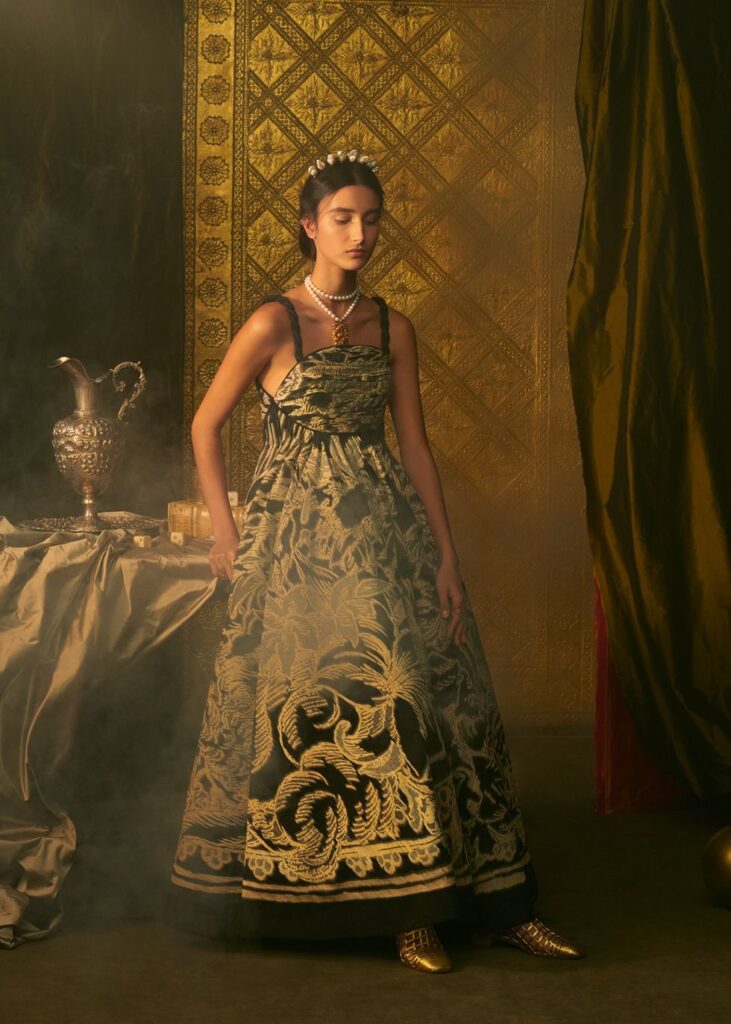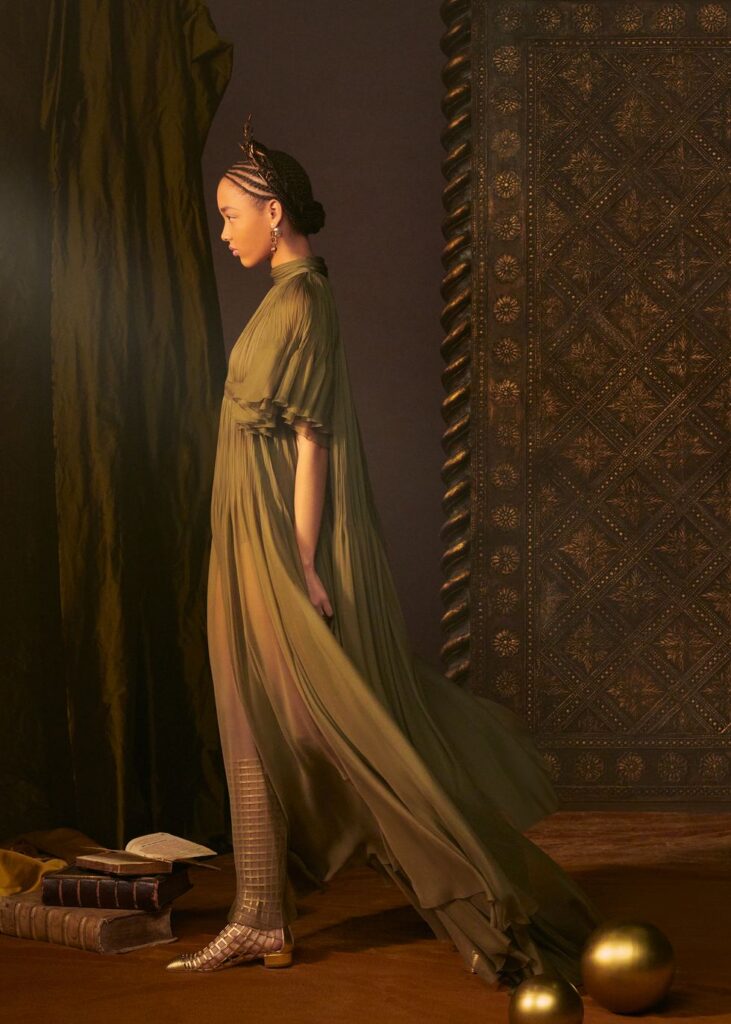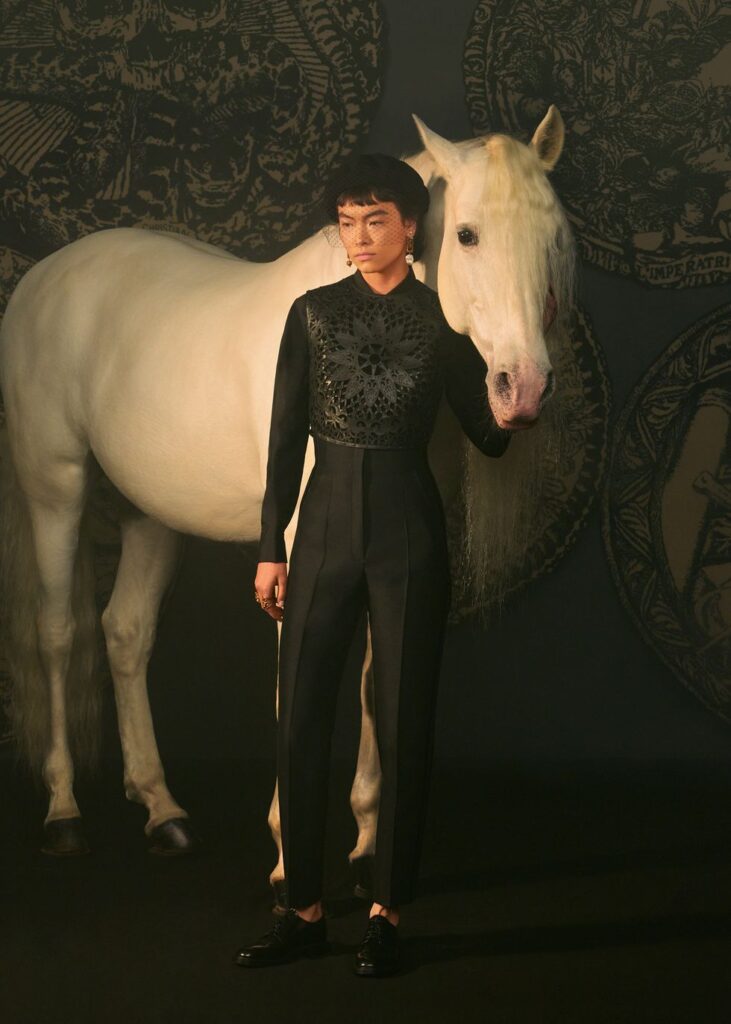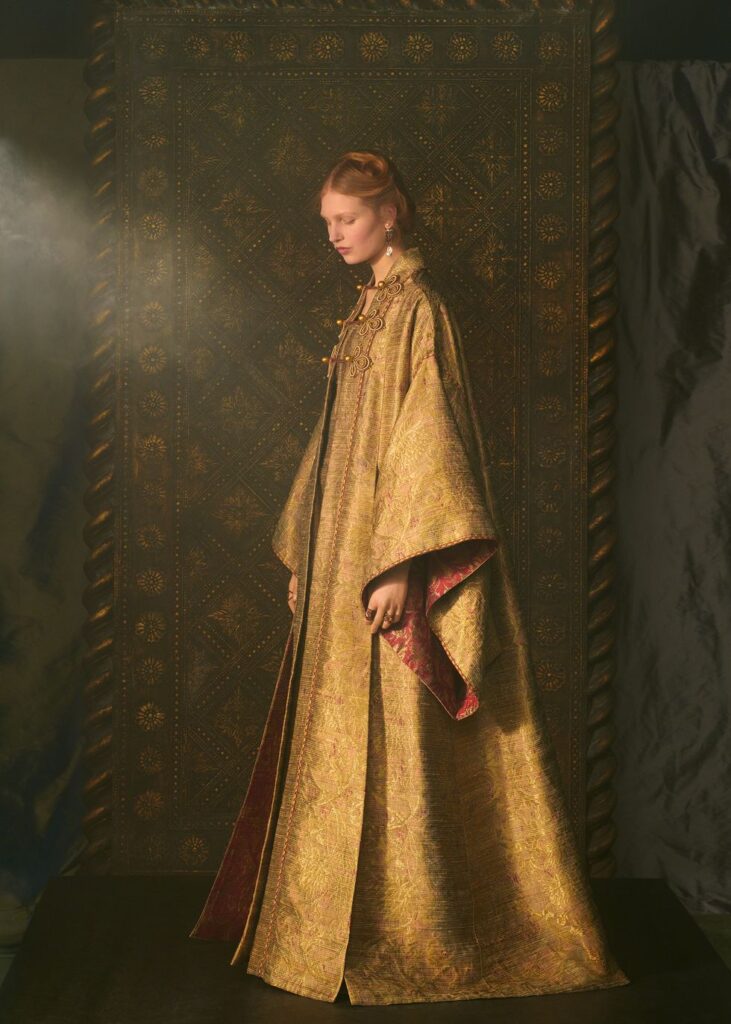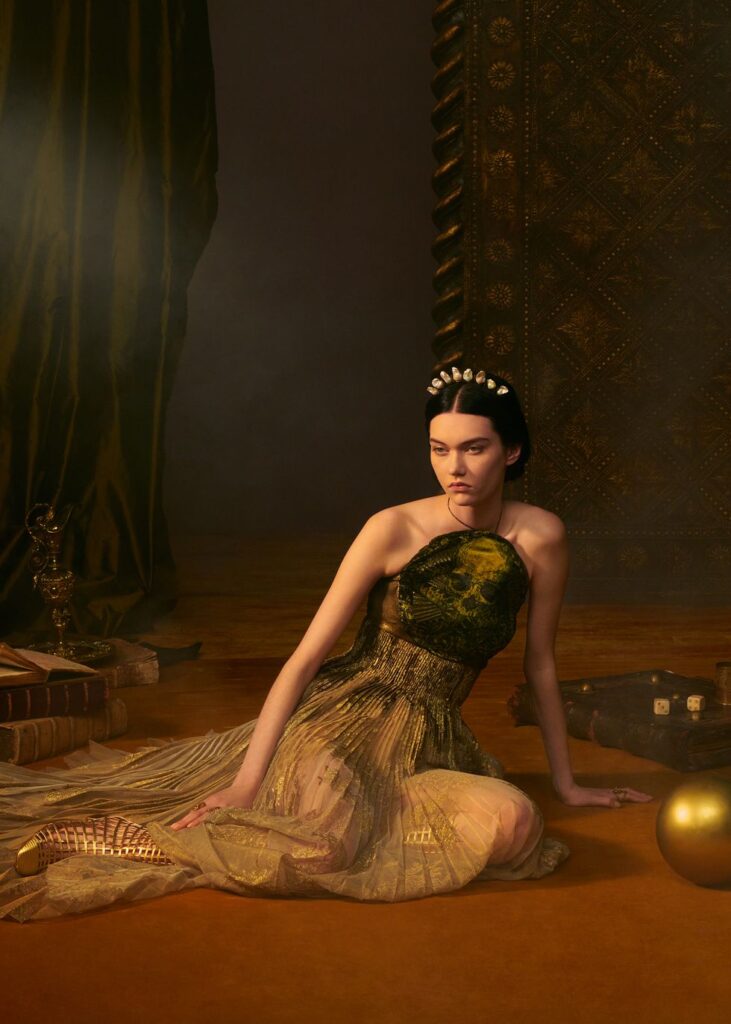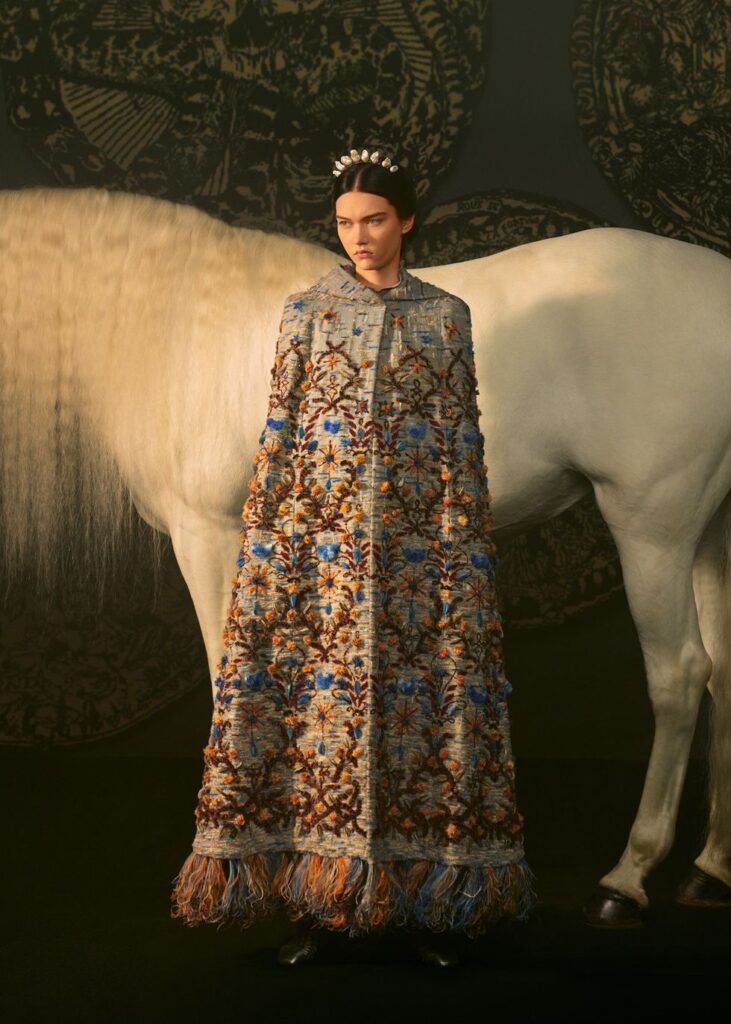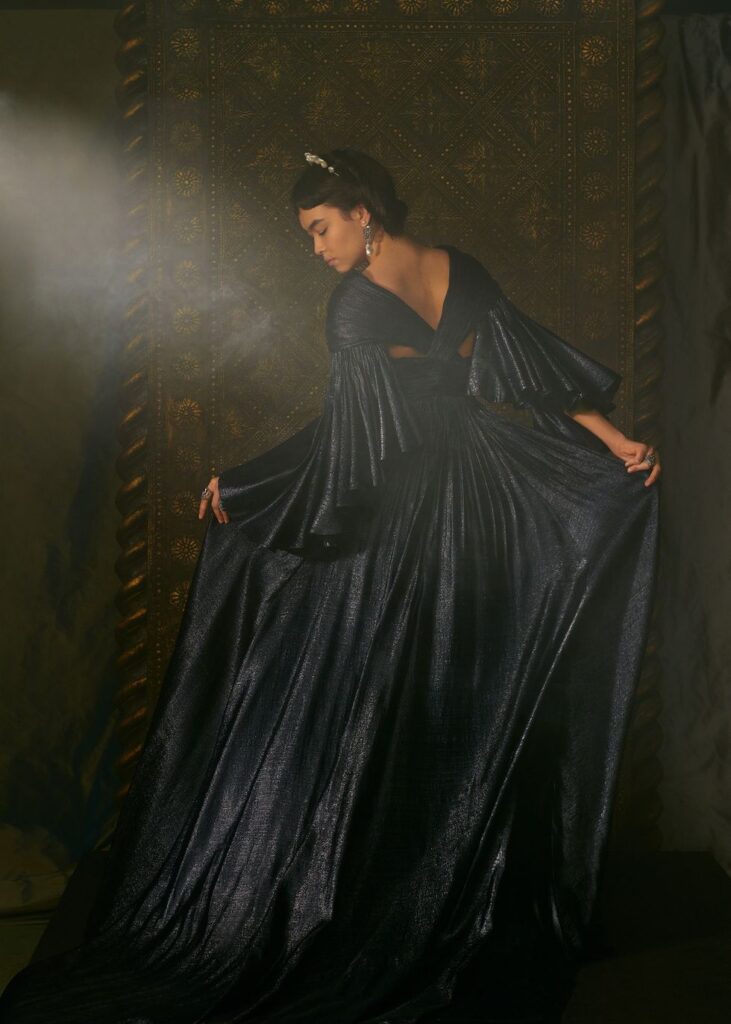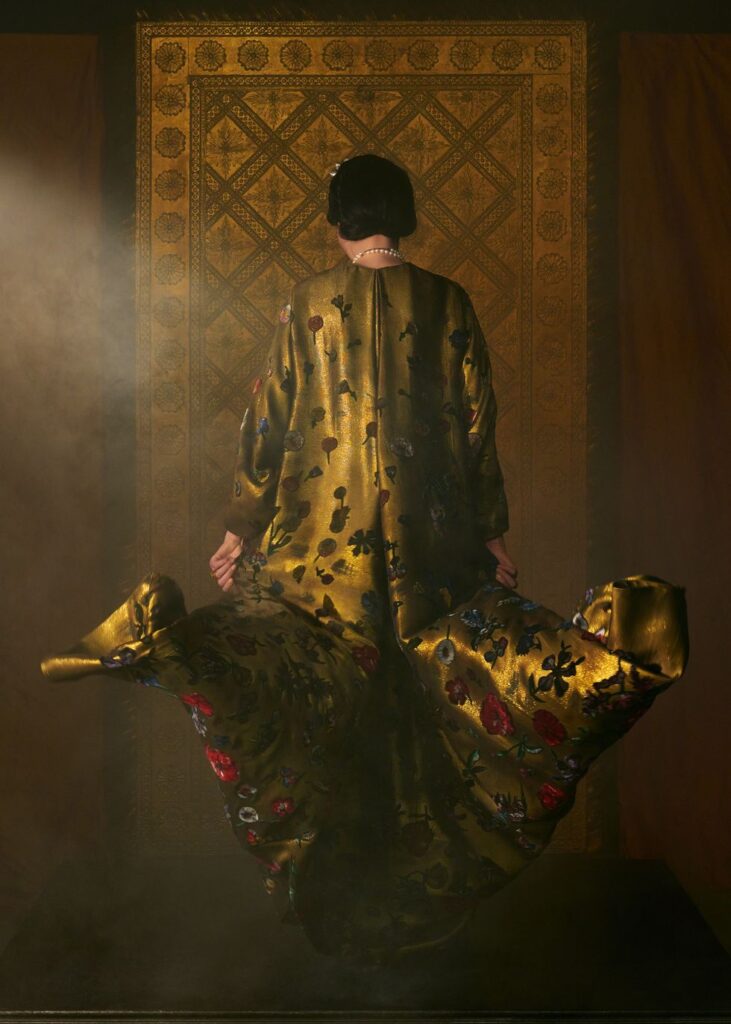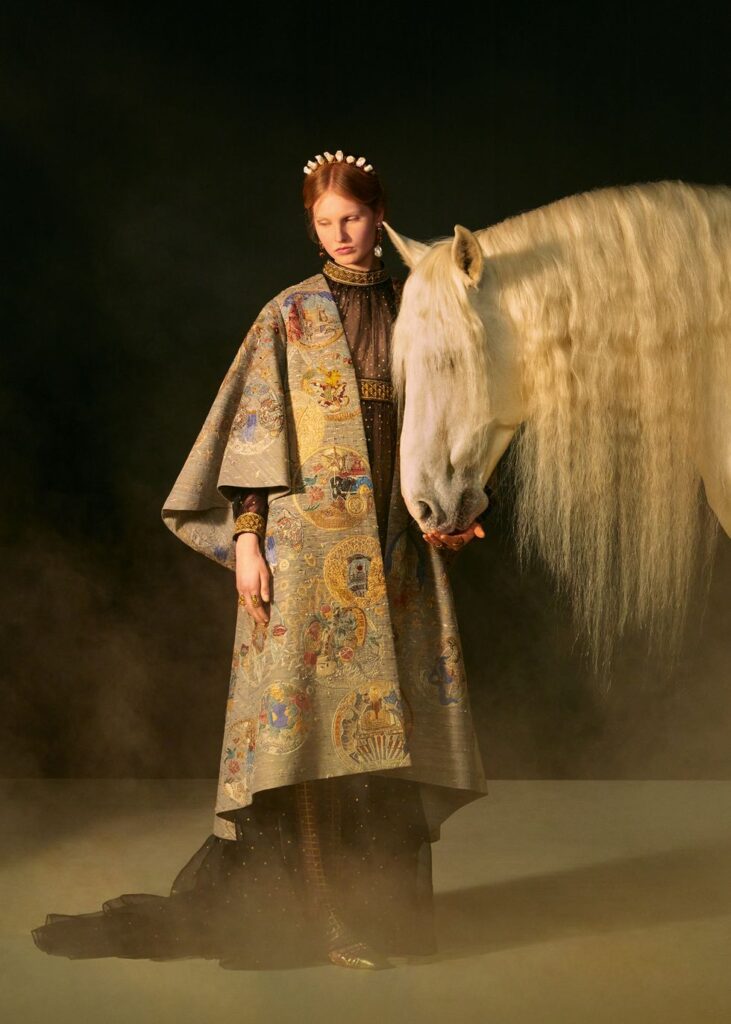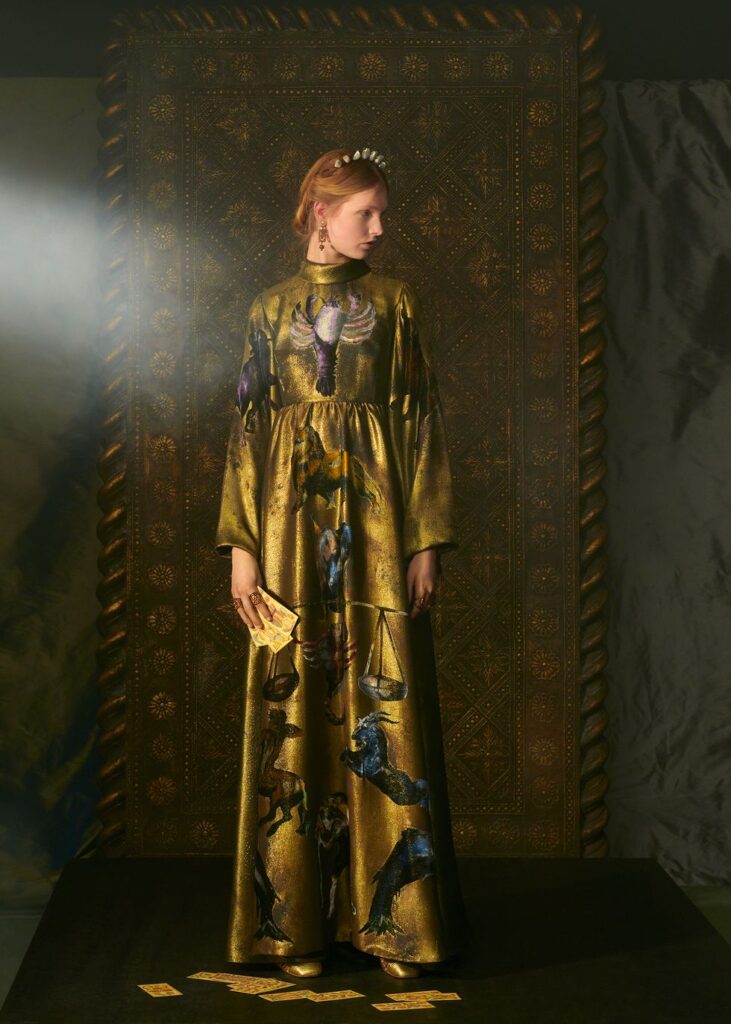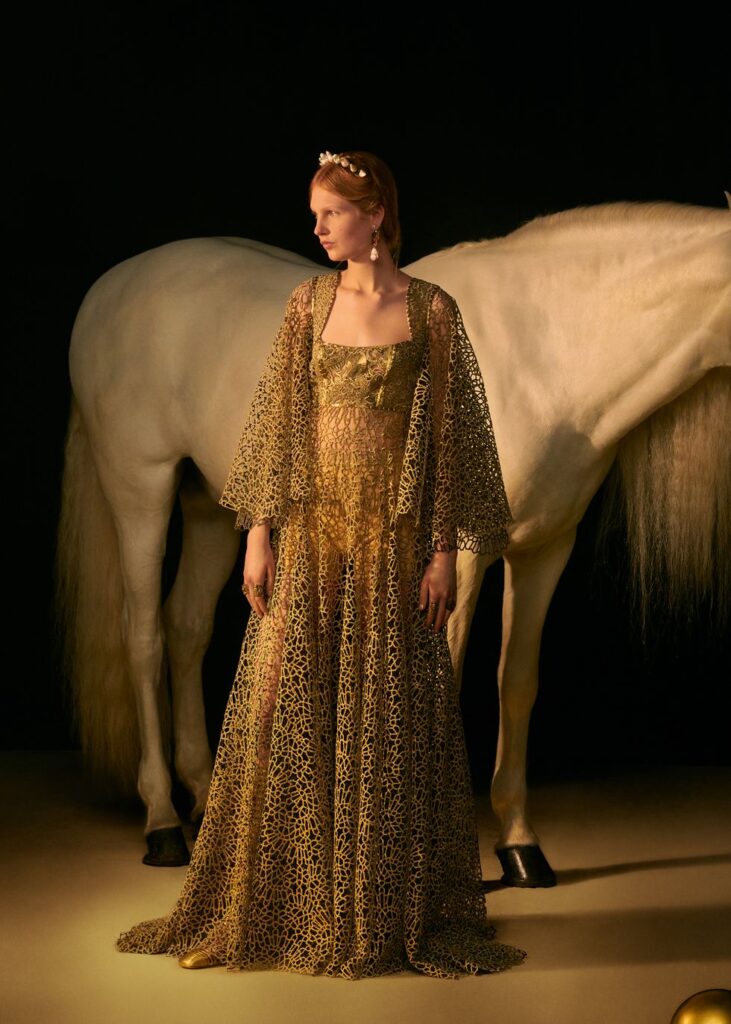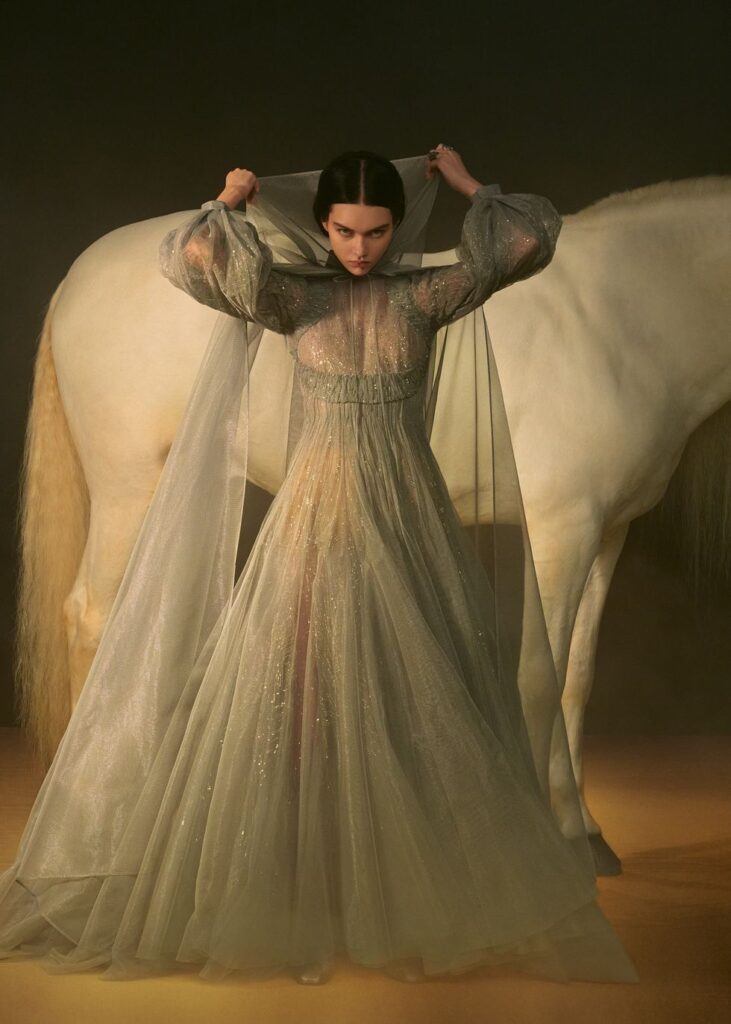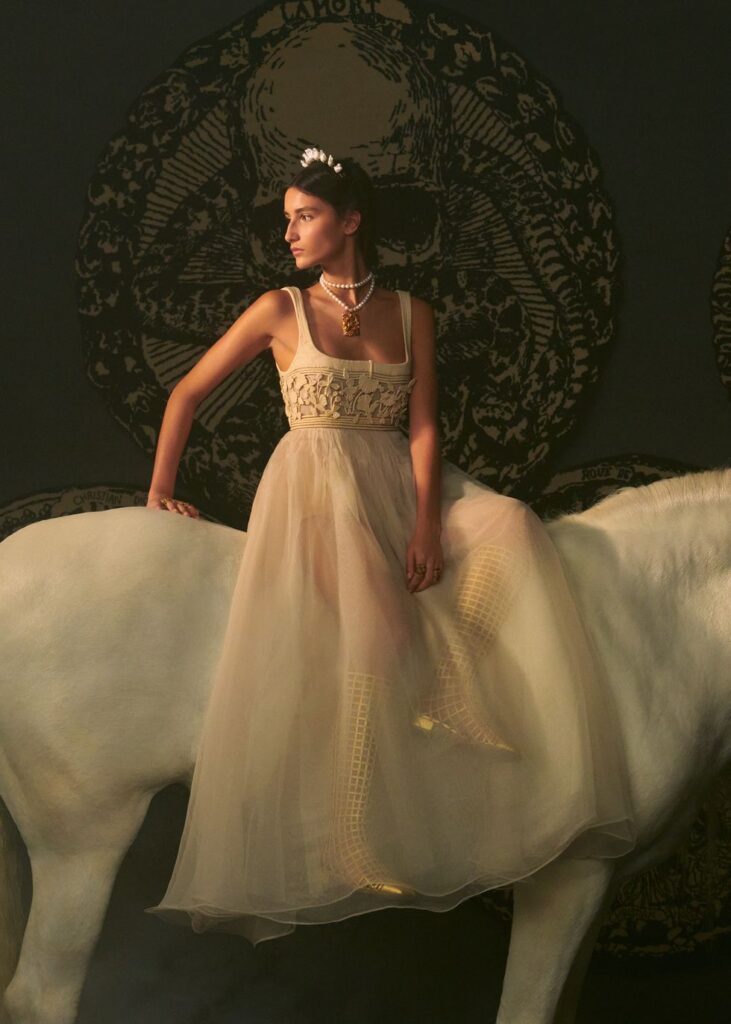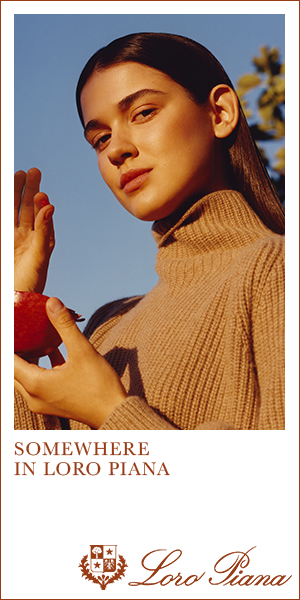Maria Grazia Chiuri faces the world of tarot in this haute couture collection, thus following a mysterious and mystical path to escape these catastrophic times in which humanity all together finds itself dealing with its own destiny. “The great thing about tarot cards for me is that when we are in a difficult time, something magical can help us, can help us think better”. The emotional impact of pandemic isolation is one of the reasons this happened. “We’ve all been alone for a long time. You think a lot more about many aspects of yourself and your life,” she noted. “This is my belief: this year has changed us a lot”.
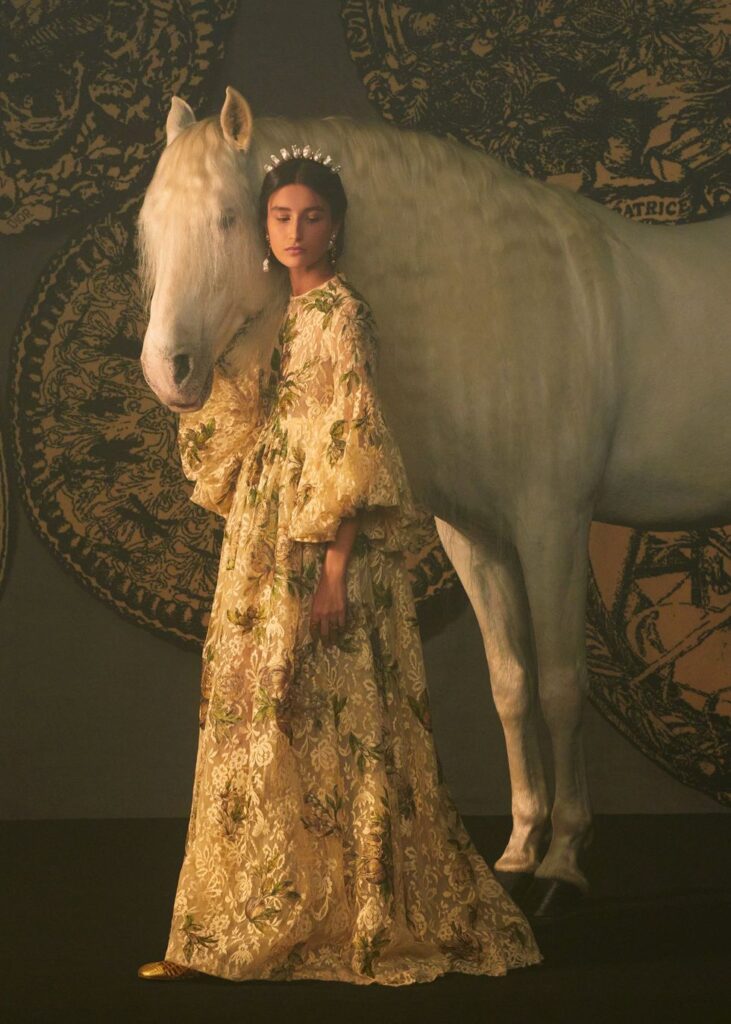
Director Matteo Garrone has been commissioned for the second time to create a filmed interpretation of the collection (Le Château du Tarot), told as a story in which a girl enters a castle, scattered as in a labyrinth and here she begins to experience her inner journey. Each figure she encounters – the tarot cards – leads her to make an important decision regarding her life. Along the way, she also addresses aspects of her personality and will eventually come to be unafraid of the future.
The girl meets great figures such as the High Priestess, Temperance, Justice and of course Death. The dresses look more like costumes, we find high-waisted corset bodices with Renaissance lines, majestic brocade robes and delicate pleated dresses. The story culminates with a kiss where male and female identities come together symbolically.
Christian Dior believed in tarot cards. “He discovered tarot cards in the Second World War, when his sister Catherine, who was part of the French Resistance, disappeared,” Chiuri explained.
“In my view, I think he was so scared about her situation that he probably went to the tarot cards to try to know some more, to hope that she would come back. I think he was very worried; trying to find hope in some signs.”
A touching and mysterious and little known story that is so anticipated in this collection but which will then be revealed in the autumn in a book on the life of Catherine Dior by Justine Picardie. Chiuri accompanied the author in the research, unveiling the harrowing story of Catherine’s imprisonment in the women’s concentration camp of Ravensbrück; how she consoled herself with a love of gardening when she was released and how she inspired her brother to weave flowers and femininity into her work forever.
“In my view, I think he was so scared about her situation that he probably went to the tarot cards to try to know some more, to hope that she would come back. I think he was very worried; trying to find hope in some signs.”
That poignant, little-known House of Dior foundational story is about to be revealed when a book about the life of Catherine Dior by Justine Picardie is published in the fall. Chiuri accompanied the author in the research, uncovering the harrowing story of Catherine’s imprisonment in the Ravensbrück women’s concentration camp; how she consoled herself with a love of gardening when she was liberated, and how she inspired her brother to weave flowers and femininity into his work ever after. Chiuri found a whole other serendipitous reading of her own in the complex web of mystery and history behind the tarot.
The reason for her collection’s reinvented iconography—its atmosphere of a gilded Italian-medieval-flavored fantasia—is that its history originates in Chiuri’s home country. Part of her inspiration came from studying the first known set of cards, known as the Visconti-Sforza deck, which was made by Bonifacio Bembo around 1400 to entertain the family of the Duke of Milan. Three centuries later, it was the French who ascribed mystical, fortune-divining powers to the cards, and renamed it the tarot. So, there we are: the deep Dior-Chiuri French-Italian background binding together the season’s collection.

